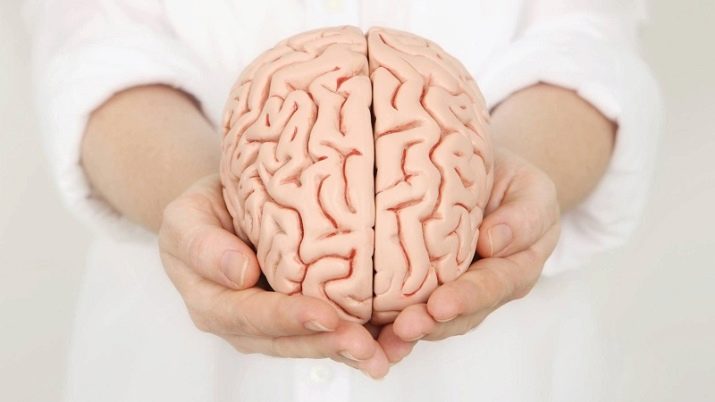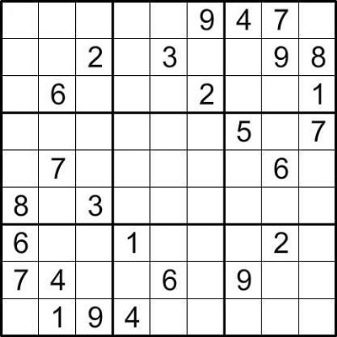Mindfulness: what is it and how to develop it?

Each person is periodically faced with scattering of attention due to extraneous thoughts that do not allow them to concentrate on the necessary actions. Specialized training can help you get focused and increase your alertness.
What it is?
The description of the word "attentiveness" comes down to its two meanings, one of which is courtesy, showing attention to someone, caring. A concept with a second meaning belongs to the field of psychology. It is reflected in the following definition: mindfulness is a property of consciousness based on increased concentration and concentration of attention on some object, phenomenon or activity.
The quality of a person reflects the ability or inability of a person to use the basic properties of attention: volume, directionality, focusing, distribution, intensity, tension, stability and switchability.

These properties are inextricably linked with the activities carried out by the subject. At the initial stage, attention is evenly distributed over several phenomena or objects. At this moment, there is still no stable concentration. Then consciousness isolates the most important actions or objects necessary for a particular job. Mental processes begin to record exactly them.
Mindfulness depends on the ability to concentrate, focus on the main thing with distraction from secondary data, unnecessary stimuli while performing any activity. With poorly developed arbitrariness of mental processes, fixing attention on the desired object is difficult. Babies find it difficult to keep attention on something for a long time. Classroom noise or thoughts of upcoming football can make it difficult for a student to focus on a written assignment. Thus, concentration of attention while performing certain actions is usually difficult in the presence of external stimuli or distant thoughts.
In psychology, mindfulness is not an independent mental process. It reflects signs of other processes. The subject acts, reflects, listens, looks attentively or inattentively. Mindfulness as a personality trait is formed as a result of attention training. Some people succeed in mastering the ability to concentrate on a very boring task.
Such a process sometimes testifies to the high competence of the employee demonstrating excellent results in the structure of professional work.

Levels
Psychology describes 3 levels of a person's ability to use mindfulness.
- The passive degree may be due to involuntary attention. It is established and maintained regardless of the will of the subject. Exposure to a stimulus involuntarily creates a short-term setting that is not realized by the person himself. The psychological state of the individual and past experience make it possible to recognize stimuli and quickly engage in familiar activities. The disadvantages of involuntary attention include a decrease in work productivity in general. The reasons for the emergence of passive mindfulness are:
- moving objects;
- surprise, strength or novelty of the stimulus;
- contrast of actions or objects;
- state of mind of the individual.
- Voluntary mindfulness is based on the conscious management of one's own attention, systematic focus on a specific work. Psychological features include its accompaniment with the experience of tension and volitional effort. This level of attention has the following types:
- in fact, voluntary attentiveness is aimed at achieving a pre-selected goal;
- volitional focus helps to abstract from distractions and concentrate on a specific matter;
- expectant mindfulness is associated with vigilance, alertness.
- Post-Mindfulness Stage means the presence of a conscious focus on the object of attention in the absence of the tension inherent in voluntary concentration.
The emergence of a new attitude is associated with the relevance of actions, and not with the previous experience of the subject.

What skills does mindfulness provide?
This quality allows a person to improve his skills in finding various flaws, the possibility of comparison. Attentive people develop the ability to notice any changes, to fix in their heads what they see or feel. Writers and artists are notable for their ability to observe things that ordinary people tend to overlook. Creative natures tend to describe in detail a person after a fleeting meeting with him.
Mindfulness is interconnected with observation. Eyewitnesses to any one incident may describe it in different ways. It depends on their ability to be observant, which is the ability to notice significant or subtle details. The professional point of view may differ significantly from the opinion of an amateur, the adequacy of the perception of reality of which will be much lower.
Many professionals require attention to detail. The employee is instructed in what sequence to perform actions, at what stage to check one part, at what moment - another element. A similar algorithm helps a person in professional matters. For example, a watchmaker needs to arrange microscopic parts so that the entire watch apparatus works smoothly.
Mindfulness has saved people's lives more than once under certain circumstances. With the aim of developing this quality, parents from childhood instill in their child the ability to cross the road correctly: "First look to the left, then to the right, make sure you are safe and only then start moving."

What is the reason for the decline?
Attention problems can arise from stress, anxiety, depression, poor diet, poor sleep, and insufficient physical activity. The advent of the Internet has led to a decrease in focus on something essential. Social networks, instant messengers with enabled notifications constantly distract the user. Concentrating while exerting maximum effort sometimes does not work because of reading books from a mobile device in the evening. Links scattered across the page, a large number of open tabs scatter a person's attention.
The following reasons often lead to a decrease in attentiveness:
- fatigue, overstrain of the nervous system;
- the need to perform multiple tasks at the same time;
- low level of motivation, interest of the subject;
- unwillingness to make unnecessary efforts, laziness;
- age-related changes associated with a brain disorder;
- absent-mindedness as a personality trait.

Practices for improvement
There are many different techniques that can be used to get rid of inattention. Techniques that can organize the subject's focus on details are especially effective. When counting objects of the same type, it is recommended to concentrate on their number from 4 to 10. For example, try to memorize 4 items of clothing from any passer-by, try to create a logical chain. Before going to bed, recall what you focused on during the day. Try counting passing cars of a certain color, or counting poplars and birches on your way home at the same time.
In the Schulte table, numbers are randomly scattered. They should be found and mentally arranged in the desired sequence: from 1 to 25. Concentrating on the necessary numbers and isolating them train the brain. You need to spend no more than 4 minutes to complete the task. You can complicate the task by arranging in order of numbers of different sizes and colors. You can find illustrations with a lot of numbers.
Tasks designed to compare two pictures that differ from each other in insignificant elements can draw attention to detail. When looking for differences, the brain works to detect subtle details. Mindfulness and observation are trained in this way. Drawing by cells and graphic dictations are reduced to the image of repeating elements of the pattern.
Simultaneous mirror drawing with two hands of circles, triangles, squares, zigzags, while observing smooth lines and sharp angles, trains attention and develops the right hemisphere of the brain.


During the exercise on the perception of the color spectrum in the Stroop table, it is required to pronounce aloud not the written word, but its coloring. The difficulty lies in the fact that the word "yellow" can be written in red, and "green" has a blue tone. This is confusing. Overcoming this dissonance helps to improve the ability to focus your attention.
Various games are of great importance in the development of mindfulness, since they always contain certain rules and actions that require concentration and observation. Games of checkers and chess also contribute to the development of intelligence. The old fun "Do not take black and white, and do not say no" involves questions that provoke a response with a forbidden word. The player needs to respond quickly and thoughtfully at the same time.
Games "Sea battle", "Guide the bug" develop concentration and concentration of attention in children and adults. The game "Memori" trains observation skills well. It is necessary to remember the objects lying on the table. Then a man turns away. His partner removes one thing at this time. Turning around, the player must name the disappeared item.
The "Magic Squares" technique has been developed especially for children, the purpose of which is to develop attention in schoolchildren. It is a modification of the Sudoku puzzle. At the initial stage, the child must find one number in the window, then it is necessary to find 1–2, then 2–3, and until the sum of the numbers in each row, column and on both diagonals is the same.










